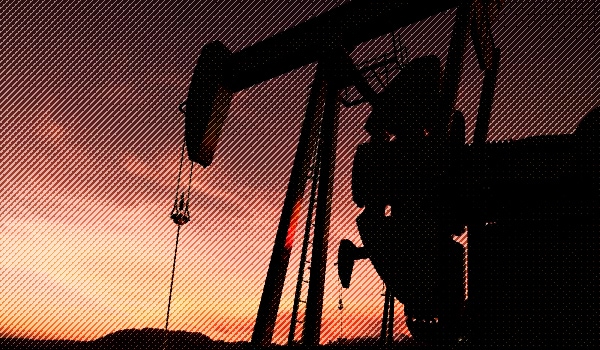Cost-Push Inflation:
Rising crude oil prices are a textbook precursor to cost-push inflation. Many analysts are quick to point out that the percentage of a consumer’s total budget spent on energy (including at the gas pump) is only in the range of 3% to 6%. But this isn’t the only place where oil might affect the consumer budget. Higher oil prices escalate production costs, increasing prices for goods and services, thus stoking consumer inflation. Industries heavily reliant on oil, such as transportation and manufacturing, particularly feel the pinch, transferring the additional costs to consumers.
Demand-Pull Inflation:
Consumers are also susceptible to demand-pull inflation. A simple example would be that as the cost to manufacture and transport a new refrigerator starts driving the price of refrigerators higher, consumers decide to rush out and buy one now before the price increases even more. But it’s not just consumers. When oil-producing countries experience a windfall due to elevated oil prices, their increased purchasing power can fuel additional demand-pull inflation on a global basis. This rise in sum-total demand, outpacing supply, exerts upward pressure on prices, contributing further to inflation, and the circle continues.
This inflationary impact can generate a global central bank response, especially when combined with current and persistently high inflation. Central banks may try to adjust through higher rates, which can hurt small businesses and consumers who may rely to a certain extent on short-term loans for necessary spending. They could also be much more aggressive on reducing their balance sheet, which reduces money supply and slows growth.
Higher crude oil prices can also work to slow an economy when combined with higher rates. Higher gasoline prices for consumers may result in reduced disposable income for households, potentially dampening consumer spending on other goods and services. It may also increase reliance on short-term loans, such as credit cards and home equity lines of credit, loans which now may be set at higher rates than they were in the recent past. Since consumer spending accounts for a significant portion of economic activity, a decline in this can affect corporate revenues and stock prices.
There is some hope in this cycle, however, as OPEC’s crude oil production climbed in August by an average of 113,000 barrels per day, according to the group’s latest monthly oil market report. The production boost was primarily led by Iran and Nigeria, both exempt from production quotas.
Also, crude oil production in the United States surpassed 13 million barrels a day during the first week of October, which is higher than its been since March 2020. This record production is coming just as we enter the slowest seasonal demand for crude oil.
If other oil-producing nations pick up the slack, and demand doesn’t spike beyond expectations, central banks may dodge a bullet directly at the progress they’ve made so far on inflation.
Image and article originally from www.cmegroup.com. Read the original article here.

